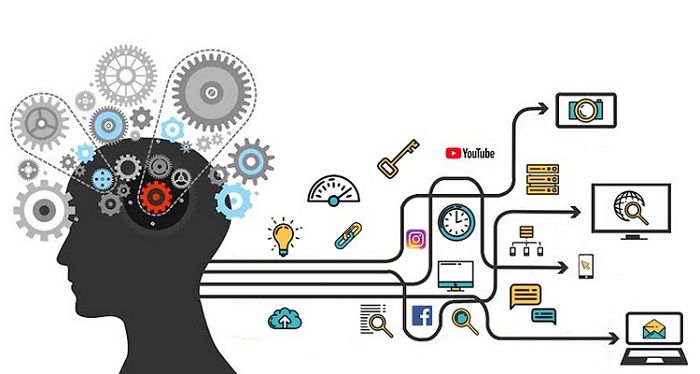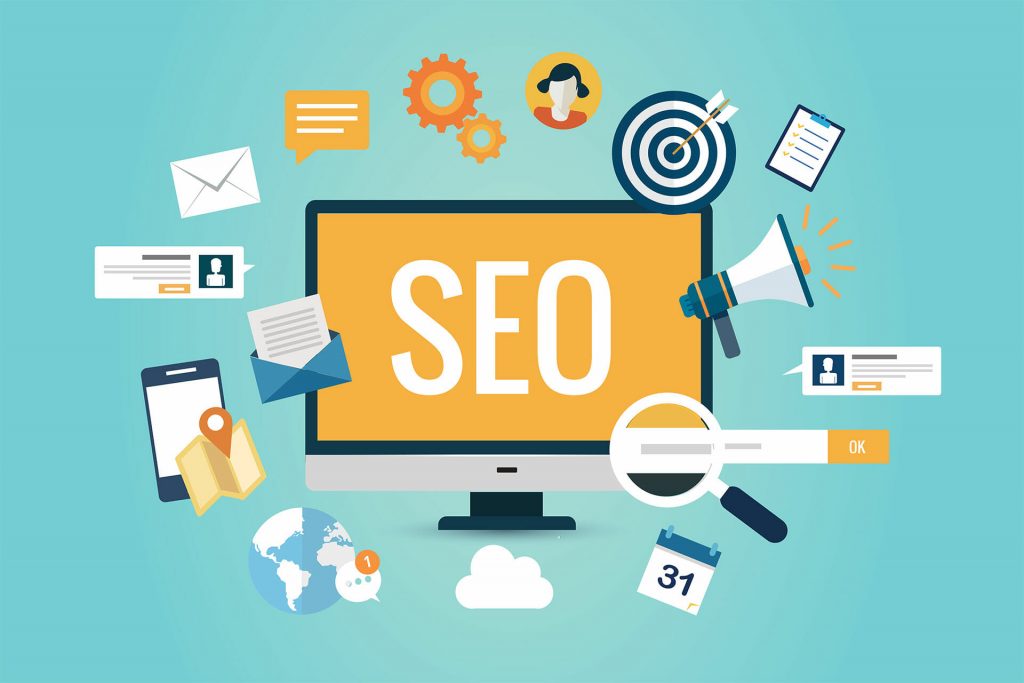
5 Methods To Improve Workplace Morale For Your Employees
Keeping your business running smoothly and making a profit depends largely on your employee morale. Studies show people who do not enjoy their job do subpar work and miss more days than those who like their work.
Encouraging a strong sense of morale among your employees directly correlates to increased teamwork, less absenteeism, and higher production rates. Although it is an intangible aspect of your business, morale must be consistently addressed with long-term initiatives to successfully help your business reach its highest potential.
Raising morale among your employees does not have to be expensive or complex. There are some very simple and inexpensive techniques that any employer can use to boost morale and increase productivity in the workplace.
Here are five easy ways to boost employee morale.
Be a Part of Something Bigger
Another way to give your employees a bonding experience is to make your company a part of something bigger such as a charity or local nonprofit. Choose an organization to support that really means a lot to your employees. Coming together as a group to raise money or donate time or merchandise to support something that is important to everyone gives a sense of accomplishment as well as pride in your group.
Become a Family Unit
The workplace can be about more than just getting work done. A group of employees is much like a family. Incorporating family-type events into the work week goes a long way in alleviating boredom and depression. Celebrating birthdays and work anniversaries helps employees bond as a work family.
Another fun way to bond as a work family is to celebrate your unique work culture. Start each group meeting with a knock-knock joke or even play a prank call! Implant a funny memento that mysteriously appears on random desks and imparts a particular reward for the week. Have a standing joke that only your work crew would understand. Enjoying each other’s company with these funny activities strengthens the work bond.
Recognize a Job Well Done
Employees should be praised for doing their job well. Those that go above and beyond consistently do so because they know it is appreciated. Showing your appreciation doesn’t have to mean throwing an office party or even buying lunch. It can be as simple as a public thank-you and a dollar store desk candle. It is the thought and action that makes the most impact. Celebrating low absenteeism, great customer service remarks, and high productivity instils a drive to do more.
Give Back
Giving back to your employers is a successful way to boost morale and encourage more work output. Periodic raises to continually improving employees keeps them at their best and encourages others to reach the same heights. Even weekly lunches for high-yielding employees can keep everyone striving to do their best.
This can be as simple or as complicated as you want. There are even online employee reward systems, such as GRS Rewards Solutions, that help you give your employees gifts such as cards, travel amenities, and mobile top-ups.
Revamp Your Work Environment
Your work environment includes everything from the décor to the vending machines. Productivity is higher when employees are in an environment that they feel is professional. It should be conducive to the work involved but have designated space for break time and areas that stem creativity.
Plants have been scientifically proven to enhance mood and stimulate the mind. Place them in breakrooms, personal desks, and in conference rooms. Decorating concepts such as Fung Shei, incorporate colours and shapes to increase workflow and worker confidence.
It doesn’t matter if your giving a pat on the back or a big pay raise, showing your employees that you care about them makes them care about their work. A comfortable, productive environment helps employees feel like they have a home away from home in their workplace. Even small gestures have a big impact on your businesses bottom line productivity.




















